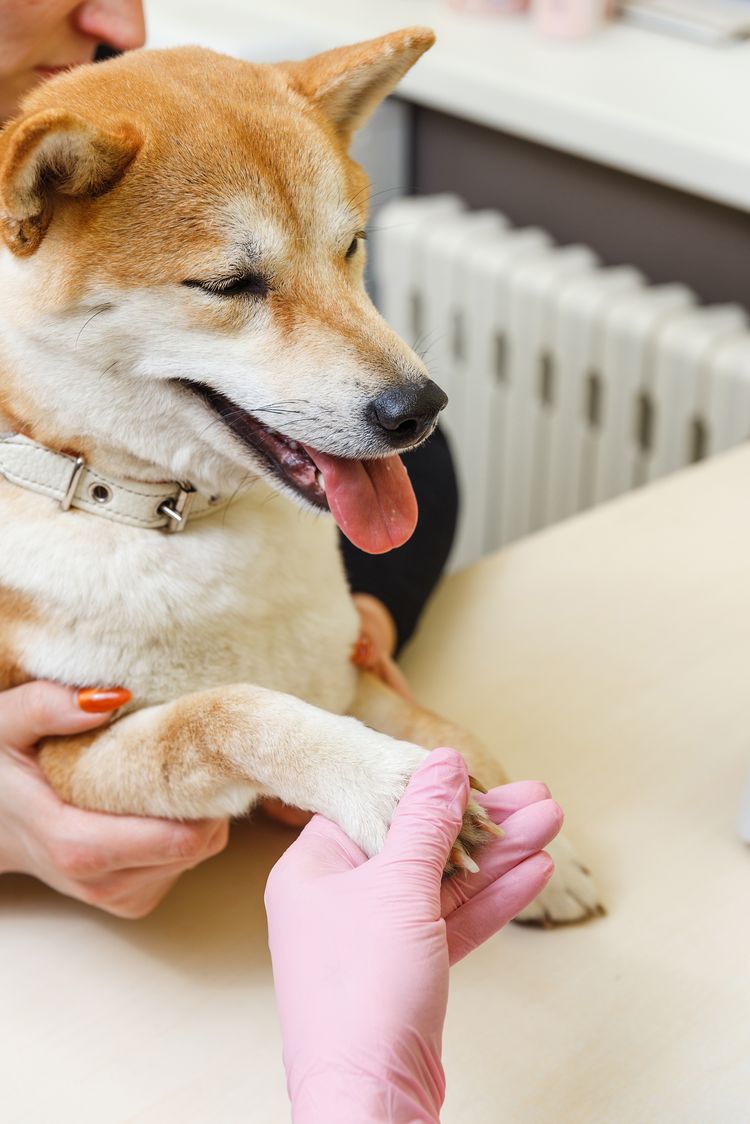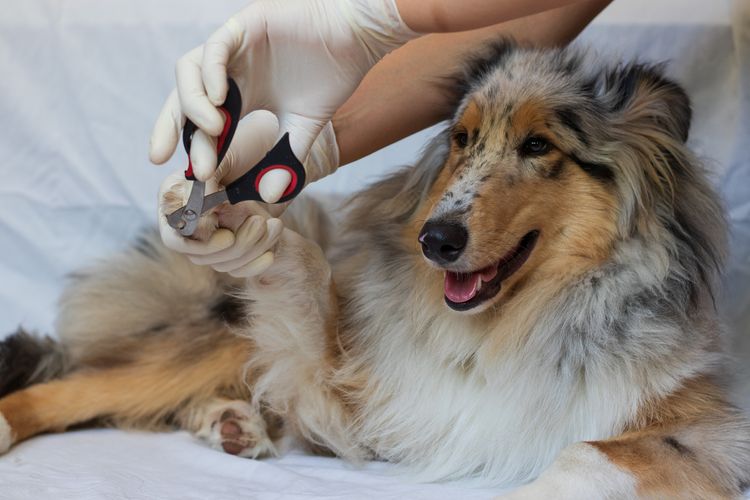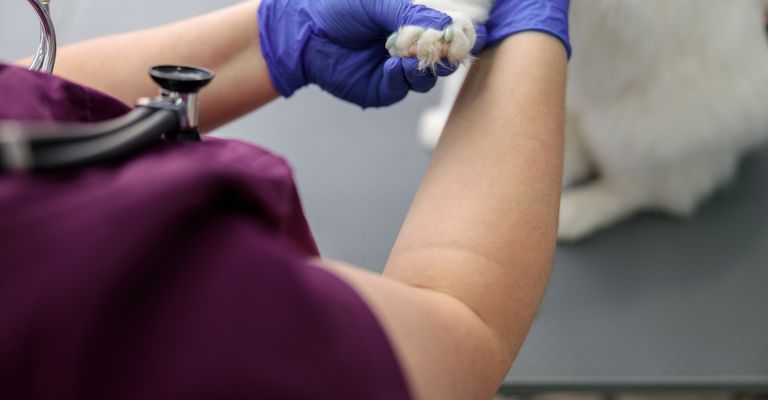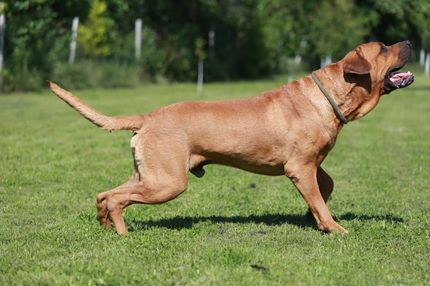Have you noticed that your four-legged friend is suddenly licking his paws ordoesn't want toput anyweight on them? Perhaps he has paw inflammation, technically known as pododermatitis, which is not that uncommon in dogs. In this blog post, we'll take you on a journey through the topic of pododermatitis in dogs. You'll learn what exactly it is, how to recognize the symptoms and what home remedies and therapies are available to help your furry friend. Let's take a deep dive and find out together how you can help your dog with this condition.
What is pododermatitis?
Pododermatitis (composed of the Greek words "podo" for foot and "dermatitis" translated as skin inflammation) is an inflammation of the paws that is not uncommon and can affect either single or multiple paws. Visible to many as "sore paws", a case may not seem very important at first, but there can often be more to it and it is associated with everyday restrictions.
Causes of pododermatitis
This disease can be attributed to numerous different causes . It is therefore essential for treatment to identify the primary cause.
The most common causes of pododermatitis in dogs include allergic reactions (e.g. food allergies), but also infections caused by malassezia, bacteria or parasites as well as autoimmune disorders (especially pemphigus foliaceus) and metabolic diseases such as hepatocutaneous syndrome.
The examination requires consideration of
- primary and secondary causes as well as
- predisposing and (in chronic cases) also maintaining factors.
Primary causes, such as atopic dermatitis, directly trigger skin lesions, while secondary infections by bacteria and malassezia often follow.
Predisposing factors such as uneven loading of the bunions due to orthopaedic conditions or incorrect positioning of the limbs can play a role. In addition, perpetuating factors can contribute to the chronicity of pododermatitis and are often a reason for the ineffectiveness of treatment: these include the formation of pseudoballs and interdigital cysts and, in rarer cases, the development of osteomyelitis.

Breed predispositions
Labradors, West Highland White Terriers, Boxers, German Shepherds and French Bulldogs are more frequently presented with chronic pododermatitis, often associated with secondary infections or interdigital cysts. This may be caused by allergic disease.
Furthermore, involvement of the paws in demodicosis (a parasitic disease) is increasingly observed in young Pugs.
Symptoms and identifying features
In order to be able to help your four-legged friend quickly and report important observations to the vet, you should know the symptoms of pododermatitis. These include
- Erythema
- itching
- pain
- Increased temperature in this area

How can I help my dog?
If you have now noticed that your dog is showing some of the symptoms of typical pododermatitis, it is necessary to take action and not ignore the problem.
Treatment options
It's important to consult a vet to help your dog as soon as possible and prevent possible prolonged, chronic damage. They can make a more precise diagnosis and suggest treatment options that are adapted to the specific cause. These could be the following approaches, for example:
- Antibiotics or antifungals: If a bacterial or fungal infection is the cause, appropriate medication may be prescribed.
- Allergy tests: If an allergy is behind the inflammation, an allergy test can help to identify the cause and take appropriate measures.
- Ointments: Special ointments can help to alleviate the symptoms and support the healing process.
Prevention: the key to health
To prevent pododermatitis, it's important to pay attention to your dog's paw care . Regular paw checks, keeping claws at an appropriate length and avoiding overly rough surfaces can help minimize the risk of inflammation.
Paw infections can be very uncomfortable for your dog, but with the right care and treatment they can be successfully managed. By recognizing the symptoms early and seeking professional help, you can help your dog get back on his feet quickly. Don't forget to take preventative measures to avoid future problems and ensure the health and well-being of your four-legged friend.
Sources and relevant links
Canine Pododermatitis – Ursachen und diagnostisches Vorgehen
Accessed on 07.05.2024
Wolfgang Baumgärtner, Achim Dieter Gruber (2020). Spezielle Pathologie für die Tiermedizin. Thieme.
Barbara Kohn, Günter Schwarz (2018). Praktikum der Hundeklinik. Enke Verlag.
Rosanna Marsella (2018). Persönliche Empfehlungen… – Pododermatitis des Hundes. Veterinary Focus 01/2018.
Panáková, Lucia (2011). Der Hund mit Pododermatitis – klinischer Zugang zum Patienten. Veterinärspiegel 01/2011.





















